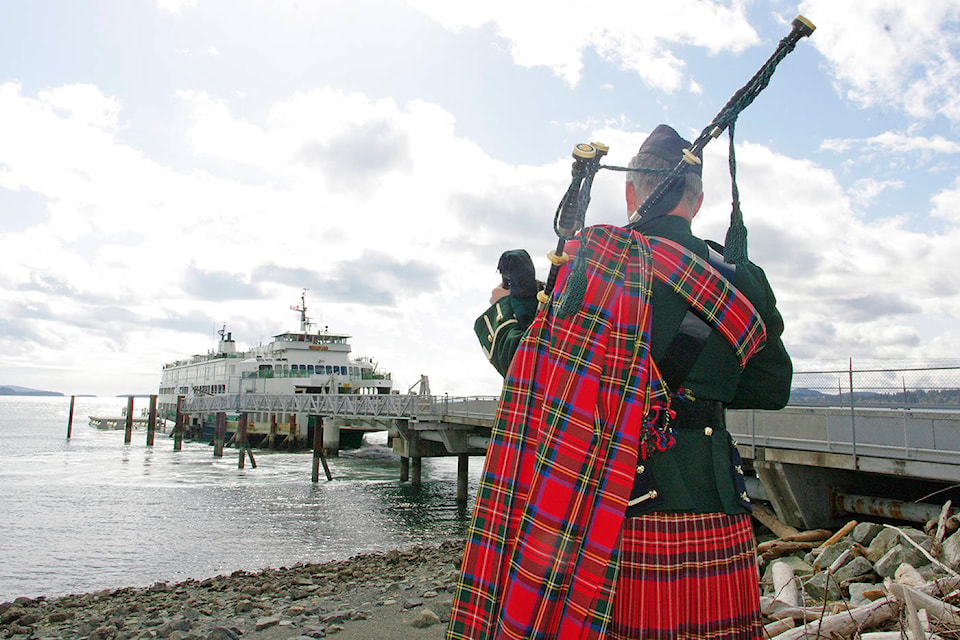Washington State Ferries (WSF) is on an B��Ԫ������ַ�aggressiveB��Ԫ������ַ� time line towards electrifying its fleet, but it might be a while until its single international sailing to Sidney changes over, said a spokesperson.
B��Ԫ������ַ�Eventually weB��Ԫ������ַ�d like to become all electric, but weB��Ԫ������ַ�ll begin in Seattle,B��Ԫ������ַ� said Ian Sterling. B��Ԫ������ַ�As for the international sailing, any electrification is likely years away.B��Ԫ������ַ�
Washington State under the leadership of Democratic governor Jay Inslee has launched a series of initiatives in recent years to cut its greenhouse gas emissions. Measures include among the electrification of the stateB��Ԫ������ַ�s ferry system, which consists out of 23 vessels.
in July 2018. Inslee issued an executive order last year mandating state ferries start transitioning towards a zero-carbon emission fleet.
RELATED:
RELATED:
All vessels currently use diesel as their respective main source of energy, said Sterling. Electrification in turn promises to make the fleet quieter, cheaper and environmentally sustainable, he said.
Collaborating with the Norwegian ferry system, the state last May announced plans convert its three biggest vessels serving the Seattle area. According to published reports, the converted ferries would mostly run on electric power and use their diesel engines for backup and to recharge their batteries. Ultimate plans call for the installation of on-shore charging stations that would allow ferries to run solely on electric power.
Sterling said the state has made that choice because those vessels carry the most people.
Conversion started in the summer of 2018 and Washington State Ferries hopes to have purchased the necessary equipment for onshore charging stations by July 2019. This comment in turn points to some of the obstacles facing the electrification of the Sidney run.
Sterling said the WSF might to have build appropriate facilities in both Sidney and Anacortes, WA, depending on the chosen approach.
A related issue concerns the vessels themselves. Two vessels are currently certified to sail internationally and both are approaching the end of their life span, he said. The main vessel serving the Sidney run first set sail in 1967 and WSF retires vessels after 60 years service. In short, it might not make such sense to spend several million dollars on converting a vessel that might not be in service for much longer, he said.
This said, long-term WSF plans include plans for five new electric-hybrid vessels as part of a larger fleet replacement.
But Sterling also suggested the international sailing might not be a top priority. While it represents the longest sailing by distance, it often takes a back-seat to other sailings, he said.
RELATED:
RELATED:
As for B.C. Ferries, officials last year downplayed expectations for a quick transition towards an all-electric fleet, citing the current absence of suitable technology, and the need to operate shorter and longer routes.
This said, B.C. Ferries continues to convert vessels towards liquefied natural gas. Four, soon five, vessels are running on liquefied natural gas, according to published reports.
Like us on and follow us on



